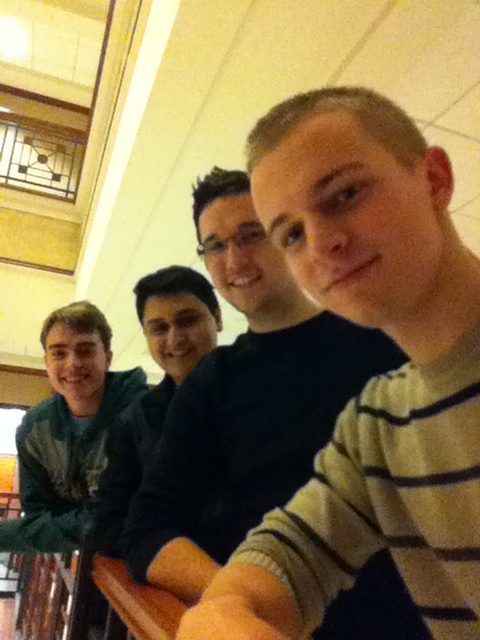Collective cell migration and the perpetual wound
This project has been secured to protect intellectual property.
Login for More InformationProject Overview
The collective migration of epithelial cells is a fundamental phenomenon that occurs in a diversity of physiological processes, from early embryonic development to homeostasis in the adult intestine. One of the main ways in which collective migration is studied in vitro, is through a wound healing assay. In a wound healing assay, a monolayer of epithelial cells is grown on a coverslip, and then physically scratched, or wounded. The wound removes a strip of cells from coverslip, creates free space, and the cells that remain migrate collectively to close the space. An alternative to this experiment, is a microfluidic wound healing assay. In this assay, a monolayer of cells is grown inside of a microfluidic channel. Instead of scratching the monolayer, laminar fluid flows within the microfluidic channel are used to deliver a stream of trypsin, an enzyme which cleaves cell adhesions. The trypsin stream is thinner than the width of the channel (or the width of the cell population), and thus selectively cleaves a strip of cells from the chip, and washes them away, leaving behind free space. The trypsin is then removed, and replaced by cell culture media. Like the wound healing assay, the cells will migrate to close the gap. The microfluidic method has significant advantages over the physical scratch. First, there is never physical abrasion or cell death associated with removing the strip of cells. Thus, the effect of physical abrasion can be isolated from the effect of free space on the induction of cell migration. Second, the microfluidic method may be automated. My goal is to develop an automated system for trypsinzing and culturing the cells within the microfluidic chip for very long time in order to observe how the migration of cells changes with age. Thus, roughly every 24 hrs (or 1 generation), the monolayer will be trypsinized, the cells will migrate, reproduce and repopulate the channel, and then this process will repeat for many generations, thus creating a perpetual wound.
Team Picture

Contact Information
Team Members
- Michael Martinez - Team Leader
- Ryan Lane - Communicator
- Ryan Rinehart - BSAC & BPAG
- Matthew Reagan - BWIG
Advisor and Client
- Prof. John Puccinelli - Advisor
- Prof. Michael Murrell - Client
- Prof. John Puccinelli - Alternate Contact
Related Projects
- Spring 2015: Collective cell migration and the perpetual wound
- Fall 2014: Collective cell migration and the perpetual wound
- Spring 2014: Collective cell migration and the perpetual wound
